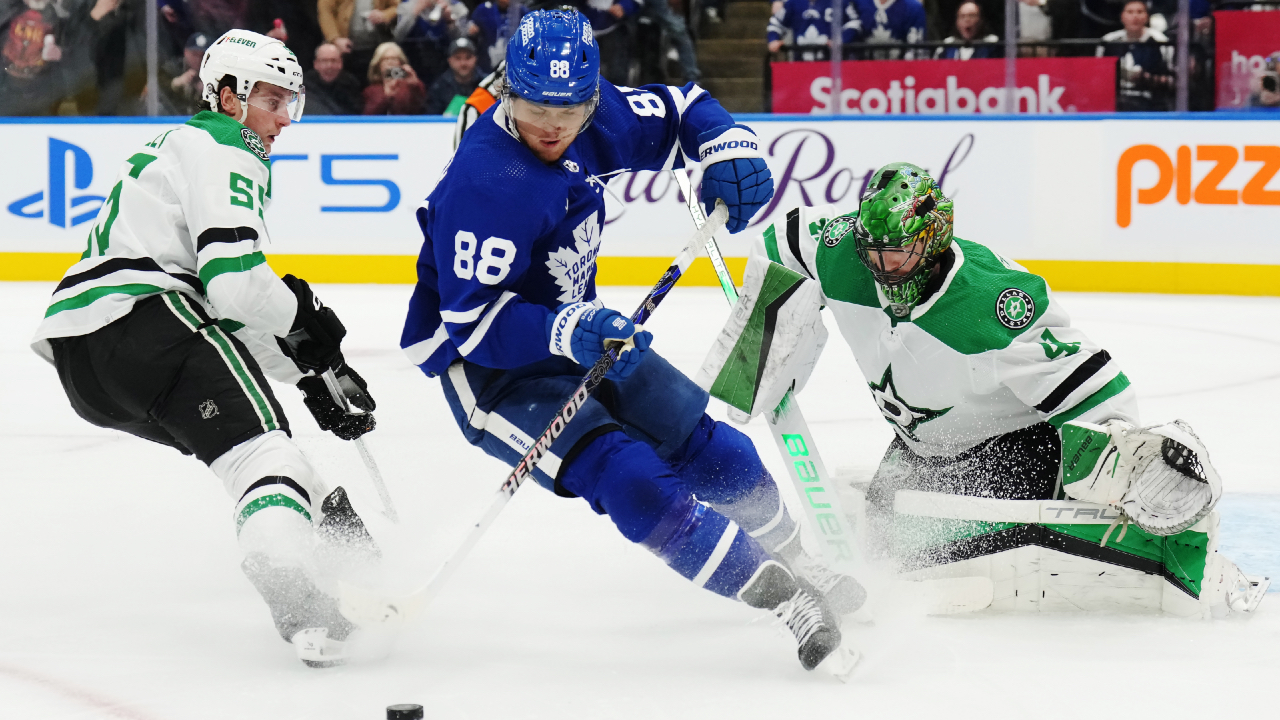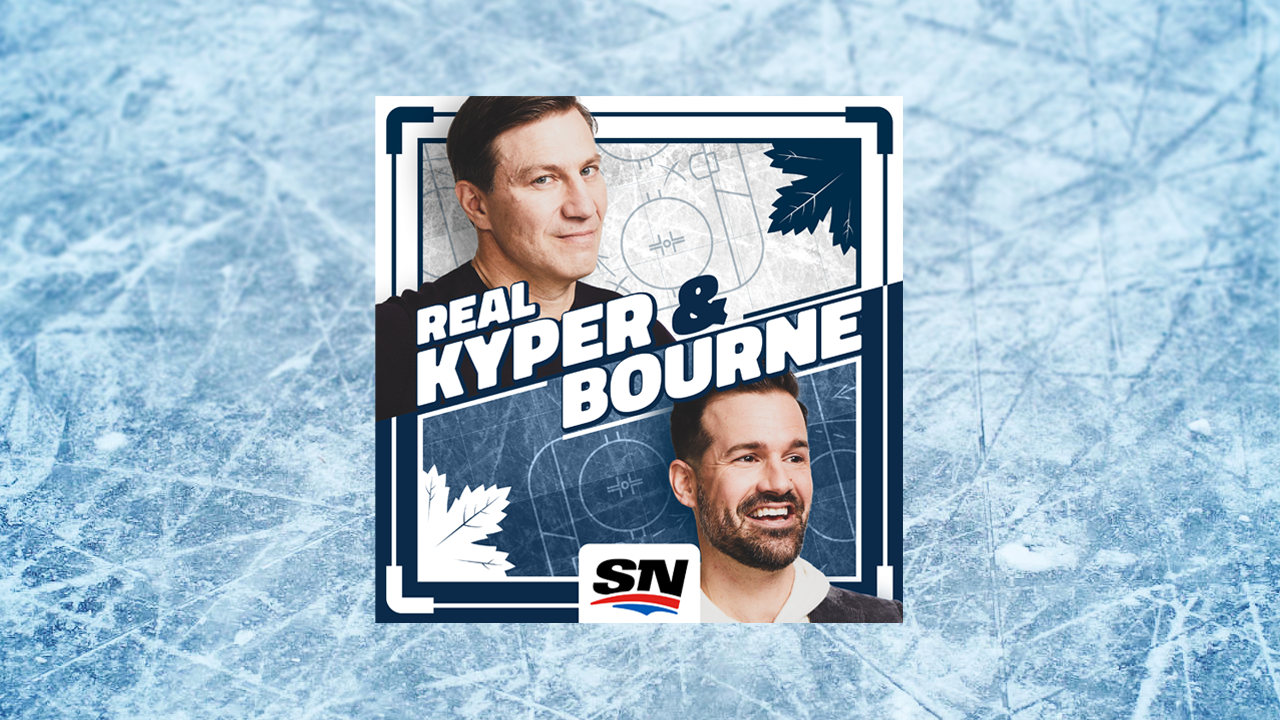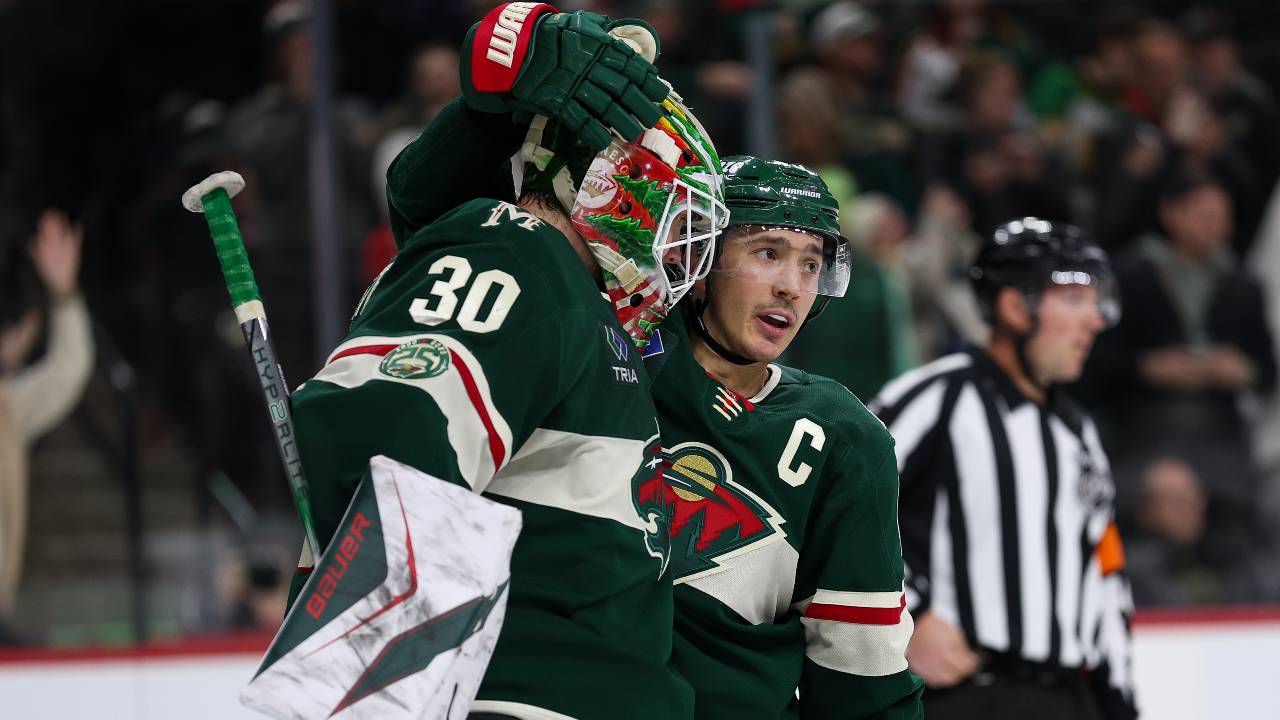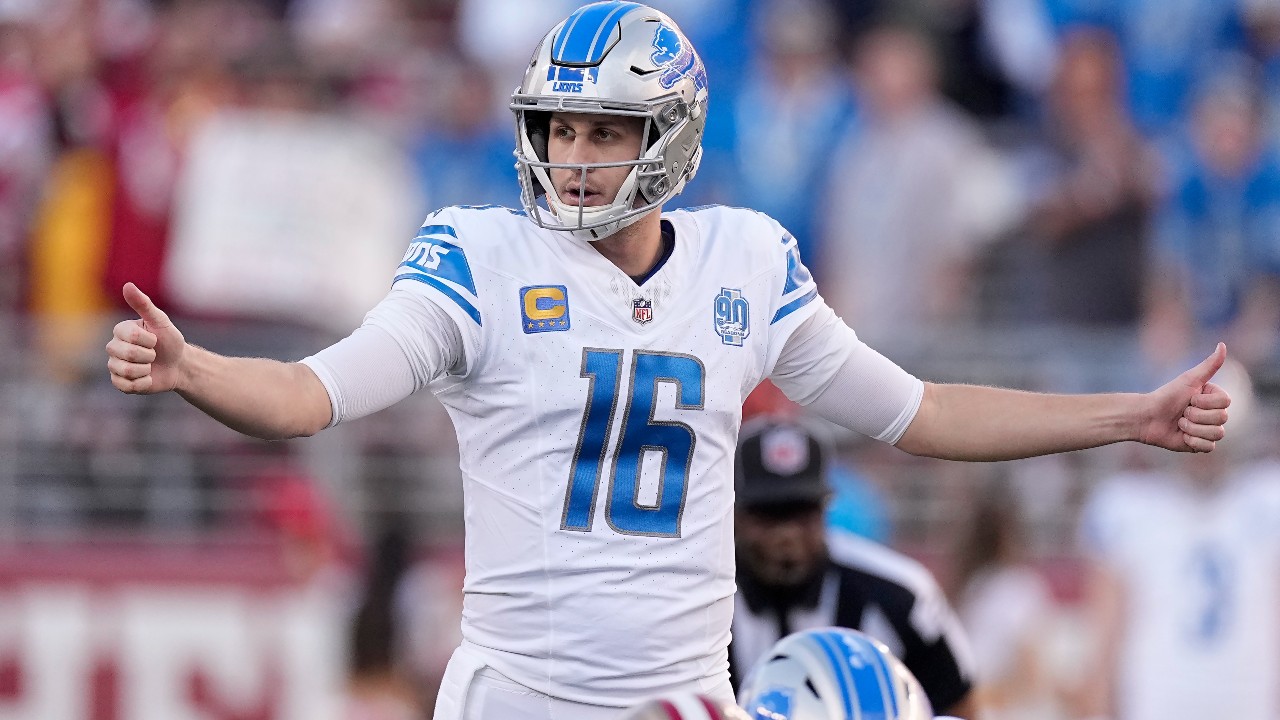
The chasm between the top teams in the NHL this season and the rest of the pack isn’t as vast as we’ve become accustomed to seeing. Years with a flat salary cap have meant that any team with the audacity to have consistent success has had to trade away valuable players (see: Tampa Bay).
Now, the top of the league consists of good teams on the way down, teams on the cusp of having to pay their good players, and a giant swath of teams with three or four really good players and some lineup holes that are at the mercy of goaltending and bounces.
More than any year in recent memory, it feels like it’s anyone’s Cup to be had.
Not since 2014-15 has the league’s top team been below a .700 points percentage, which is where this year’s Florida Panthers currently sit (.696). In fact, that’s only happened twice in the past 15 years. Here is the points percentages of the Stanley Cup champion in those two years:
2014-15: Chicago, .622
2011-12: Los Angeles, .579
Teams that are between a .622 and a .579 points percentage this season are Los Angeles, Detroit, and Philadelphia.
When I say it’s anyone’s year, I mean it’s anyone’s year.
Still, we know the best regular season team doesn’t always win, so it may not be entirely relevant for the top team to hit a high point total. In fact, top team’s rarely win. In nine of the past 10 seasons the Presidents’ Trophy winner has lost within the first two rounds of the playoffs, with the sole exception being the 2014-15 New York Rangers who … lost in the third round. They had won the Presidents’ Trophy with 113 points, a total no regular season champ has gone under since before the 2004-05 lockout.
So, maybe it doesn’t matter what the best points percentage is in the NHL. What is relevant, however, is that Stanley Cup champions tend to be both great regular season teams and have rosters with a plethora of playoff experience.
The past few years at a glance:
2022-23: Vegas, .677 points percentage. Had played in 11 playoff rounds over the previous five seasons, including a Cup Final loss.
2021-22: Colorado, .726 points percentage. Had played seven playoff rounds over the previous three seasons.
2020-21: Tampa Bay, .670 points percentage. Had y’know, won the Stanley Cup the season prior.
Today the top team is Florida, fresh off a run to the Cup Final but, as noted, they’ve posted a sub-.700 points percentage. They’re leaning on Sergei Bobrovsky who’s had intermittent down years, and they’re not loaded with scorers (the team is 10th in goals per game, tied with Ottawa). Breakout guys like Sam Reinhart and Carter Verhaeghe are poised to smash their typical production levels at age 28, so you wonder about sustainability. Oliver Ekman-Larsson is playing over 18:30 a game fresh off a buyout. These notes aren’t meant as a slight on them (they’re the best team in the league) but considering the teams that’ve won Presidents’ Trophies in the past and been eliminated early, I’m noting this year’s Panthers are not without some shortcomings themselves.
Beyond them the top five teams in the NHL include Vancouver and Winnipeg who seemed like playoff-maybes five months ago, a diminished Boston team, and the streaky NY Rangers.
As we move towards the NHL’s trade deadline, I see GMs of teams in the playoff mix being faced with two options given the league’s parity-wracked standings. I’ll lay them out before weighing in.
Option 1: This ain’t the year to burn assets, anything could still happen
If you’re a fan of a team with a more passive GM, I can guarantee you’re going to hear some of this rhetoric. They’ll recognize a flawed team, hope their goalie gets red hot at the right time, get a few bounces, and be the next surprising Cup champ (or, let’s face it for these GMs, just a deep run buys them years of employment). They’ll spin the wheel of fortune and come up bust.
The logic will be “In a year it could be won by anyone we’ve got a chip and a chair too, and we shouldn’t throw assets at our somewhat flawed roster.”
It’s the type of losing we allow in hockey – if you’re conservative and risk-free you can call it maturity and discipline, and you’ll get another job.
Option 2: In a wide-open year, every bit of improvement gives a team a better chance to be the lucky ones
NFL teams go for it on fourth down these days far more than they used to, because they’ve learned taking that risk gives them a better chance at victory.
At this year’s NHL trade deadline, every little place teams improve in could push them to that next fresh set of downs, the next round of the playoffs.
Adding a seventh defenceman who keeps someone else that might make a fatal error off the ice could be the difference. A good penalty killer, a good forechecker, a third goalie – all these things could swing a game by one goal, which can swing an outcome, which can swing a series.
Last year, the Panthers made the playoffs by a single point after the Pittsburgh Penguins gagged away their final two regular season games, then Florida went on to the Cup Final. Sometimes that little opening is all a team needs to get momentum.
This is a year when teams should only refer to the standings to answer the question: “Are we going to make the playoffs for sure?” Anyone who can sit here today in late February and say “yes” should go all-in at the deadline.
These GMs also need to be honest about their rosters, if they’ve been lucky or unlucky, and react. Which is to say: A team like the Philadelphia Flyers cannot say “yes” to the above question, so they shouldn’t go all-in. The St. Louis Blues aren’t sure. Nor are the Predators, or the Capitals. These kind of teams need to face reality about where they are and sell. They’re good-ish, but probably not in the cluster of “anyone can win!” teams. The Red Wings are maybe the only team that feels like they should use the “chip and a chair” logic and neither buy nor sell in grand fashion.
Above that — Toronto, Carolina, Edmonton, Winnipeg, Los Angeles — these teams shouldn’t look at this deadline as a year to cross their fingers and hope. It’s a year to find a way to emerge from this pack of replicas. They should be trading picks to third parties for retention, trading late-round firsts for immediate help, and plugging holes. It’s good news for selling teams that so many should be buyers, and the days of a team “trying to win” being perceived as a lack of discipline need to go the way of the mid-field punt.
Brian Burke always talks about how often a team can expect to win the Stanley Cup with so many teams chasing it. Logic dictates you’d expect to win once every 32 years, but if you miss out on of the years when you have a chance, a drought can go a lot longer than that. As the salary cap rises in the years ahead, good teams will better be able to retain their talent, and the days of extreme parity should subside. There won’t be many seasons when the league’s 10th-best team has a legit shot.
So it’s time to strike while the iron is hot. There’s talk about how March 8 could be a slow, uneventful trade deadline day, and that may be the case. But that doesn’t mean we should let passive GMs off the hook for not finding creative ways to improve their teams.
The door is open wide.







